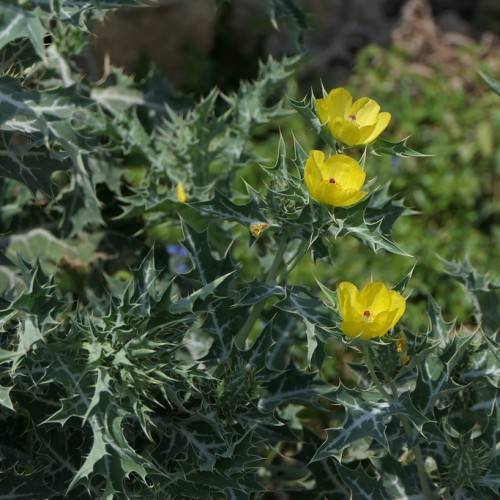
Mexican Prickly-Poppy
Argemone mexicana
Watering:
Minimal
Hardiness Zone:
Sun:
full sun,part shade
Leaf:
Yes
Growth Rate:
Low
Drought Tolerant:
Yes
Salt Tolerant:
Yes
Care Level:
Easy
watering
Thyme-Leaved Sandwort (Arenaria serpyllifolia var. serpyllifolia) should be watered regularly about once or twice a week, providing enough moisture to keep the soil uniformly moist but not saturated. Water in the morning so that the foliage has time to dry off before nightfall. During the heat of summer, water more often. Be careful not to overwater as this can cause root rot.
sunlight
The amount of sunlight that Thyme-Leaved Sandwort (Arenaria serpyllifolia var. serpyllifolia) needs depends on the season. During summer, it requires full sun for at least 6 to 8 hours a day, while in winter, it can handle partial shade. It does appreciate some light shade during the hottest parts of the day in the heat of summer. In the late afternoon or early morning, it enjoys a few hours of direct sunlight. Even during the winter, it needs indirect sunlight or the plant will become leggy with sparse leaves. For optimal growth, the plant should be given 4 to 5 hours of direct sunlight a day.
pruning
Thyme-Leaved Sandwort (Arenaria serpyllifolia var. serpyllifolia) should be pruned lightly in early spring, just before the new spring growth starts. Remove any dead or damaged stems, and also thin out any branches that are too close or overcrowded. Prune enough to keep the shape of the plant neat and tidy. Some gardeners may want to prune the top of the plant back quite low to stop it from becoming "leggy." Regular pruning can also remove any brown or wilted foliage.
